
The circus: once an exotic distraction, now a mirror of Swiss society
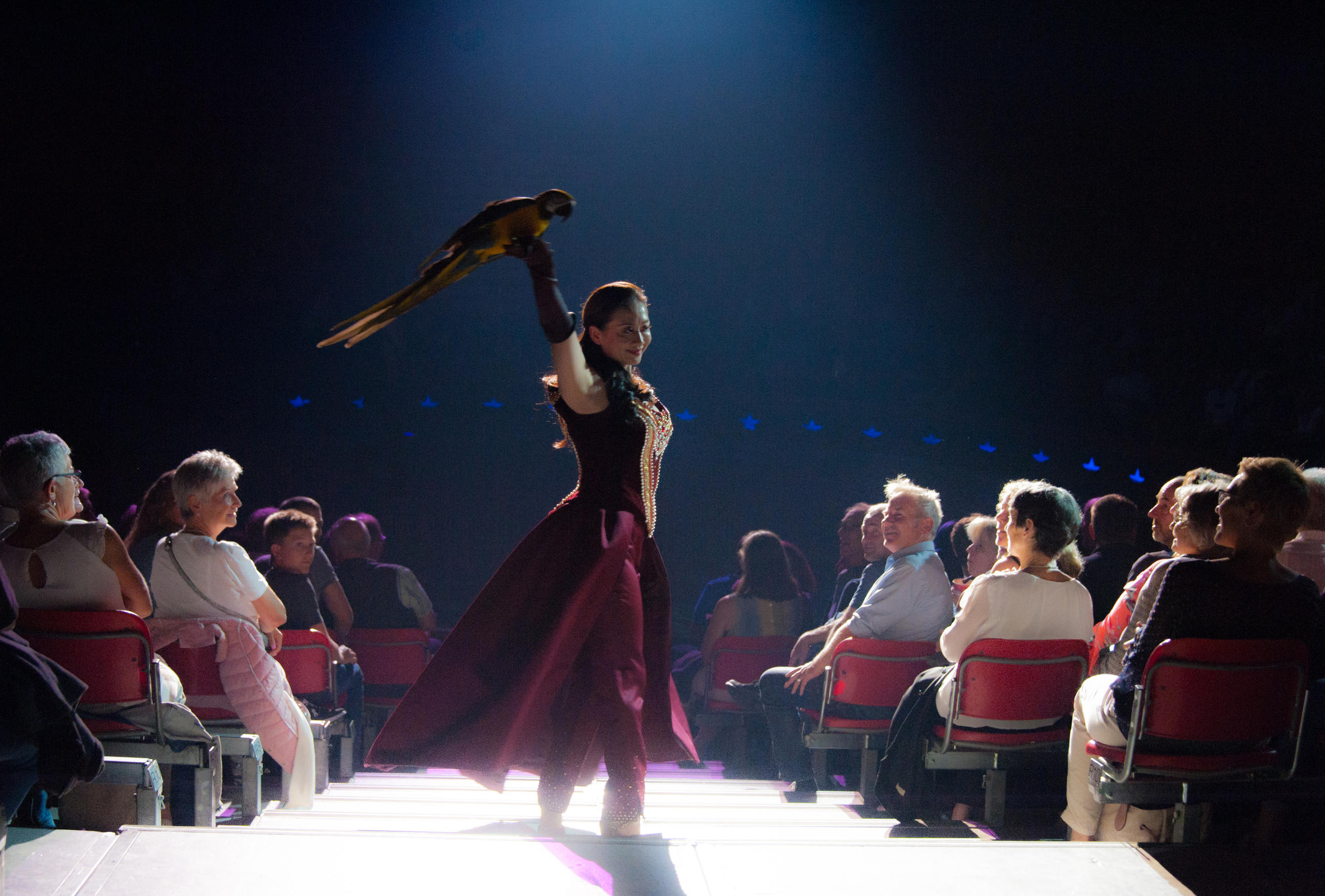
First, you see the red and white Big Top. Then, the blue and white caravans. Most Swiss instinctively recognise them as signs that a national institution is in town: Circus KnieExternal link.
It was the last day of performances in Thun and the circus camp seemed quiet. Only a group of kindergarten children, led by two teachers, were visiting. Their bright yellow uniforms stood out against the grey autumn drizzle. The circus zoo’s grazing camels captured their attention.
The children took no note of Franco Knie Jr and Linna Knie-Sun as they navigated the zoo’s caravans to meet us. Both are familiar faces to many in Switzerland and frequently feature in local media reports along with their 13-year-old son, Chris Rui.
Linna was born in China and joined as a seasonal acrobat some 20 years ago. Franco is the technical director of the circus. Their son is the eighth generation to work in the circus.
For 100 years the troupe has toured Switzerland, seeking to enthral audiences with efforts that mirrored the era. Before the age of cinema, television and social media, its manège was a place of exotic mysticism.
Long gone are the clowns dressed as bearded women, the tamed elephants, giraffes and tigers. More recent performances include a drone choreography. But in essence, its programme has stayed more or less the same over the past 100 years: acrobatic stunts, slapstick comedy and animals.
Microcosm
What many consider one of Switzerland’s national treasures is, in essence, a cosmopolitan microcosm that reflects how Switzerland has changed over the past century.
Since 1919, the year the Knies bought their first big tent, the country has gradually opened itself to the world. At the time, only one in ten residents was foreign. Now, it’s one in four.
The circus is now a melting pot of nationalities and generations of performers whose backstories are so cosmopolitan that speaking of citizenship and national identities loses meaning.
“I don’t think people are very different,” said Linna, as we settled down in a caravan. “It’s mainly in people’s subjective consciousness. I will act according to my ideas, not because I’m Swiss or Chinese.”
The circus has about 240 members from about 15 countries. There are acrobats from Nikulin’s Circus in Moscow and an “America’s Got Talent” contestant. There’s a clown whose ancestors performed at the court of Louis XV of France. Every season, the circus recruits acrobats from all over the world.
“We have two iron rules in the circus,” said Franco. “Don’t talk about politics or religion. Sticking to these two rules, performers from all countries in the circus can get along peacefully.”
“Of course, there is inevitably some friction, but this is also the human side,” he said. For Franco, no culture is hard to understand. “It depends on whether you are willing to understand.”
Freedom
Whether their son will stay in the circus is uncertain. Franco said he was not forced to stay on as a child. He left to study computer science but eventually returned to the family business.
“I can’t imagine sitting in the office for eight hours every day,” he said. “I enjoy this freedom very much; we meet many people; we see a lot; we travel around many cities in Switzerland.”
But now, as the season concludes after more than 320 performances in more than 30 cities, there are also sombre moments, he said. The seasonal performers from overseas are returning home for their winter break.
“Like every year, this is the time to say goodbye,” said Franco. Some will return next year, for the 101st tour.
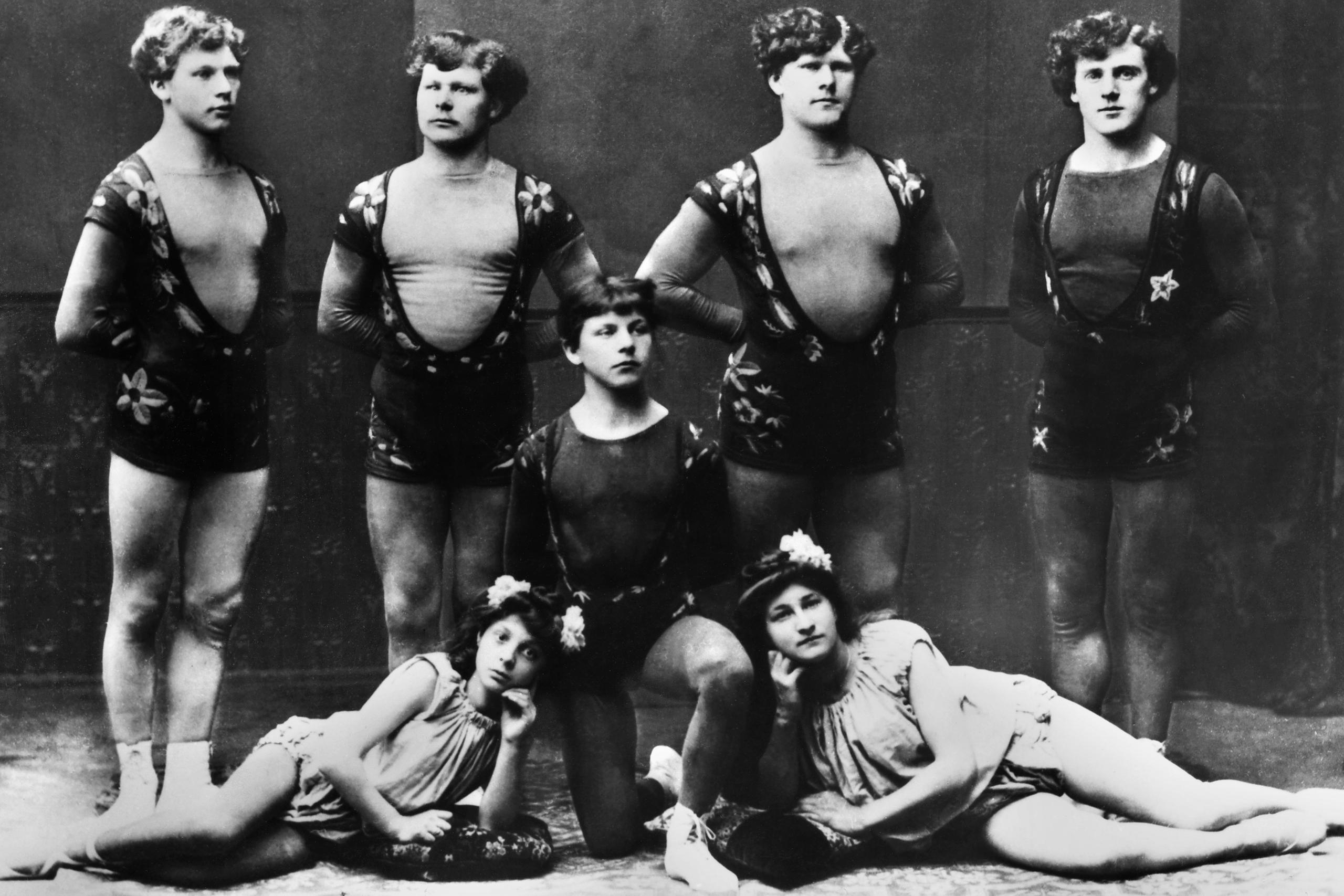
More
A century of Circus Knie
(Adapted from Chinese by Patrick Böhler)

In compliance with the JTI standards
More: SWI swissinfo.ch certified by the Journalism Trust Initiative































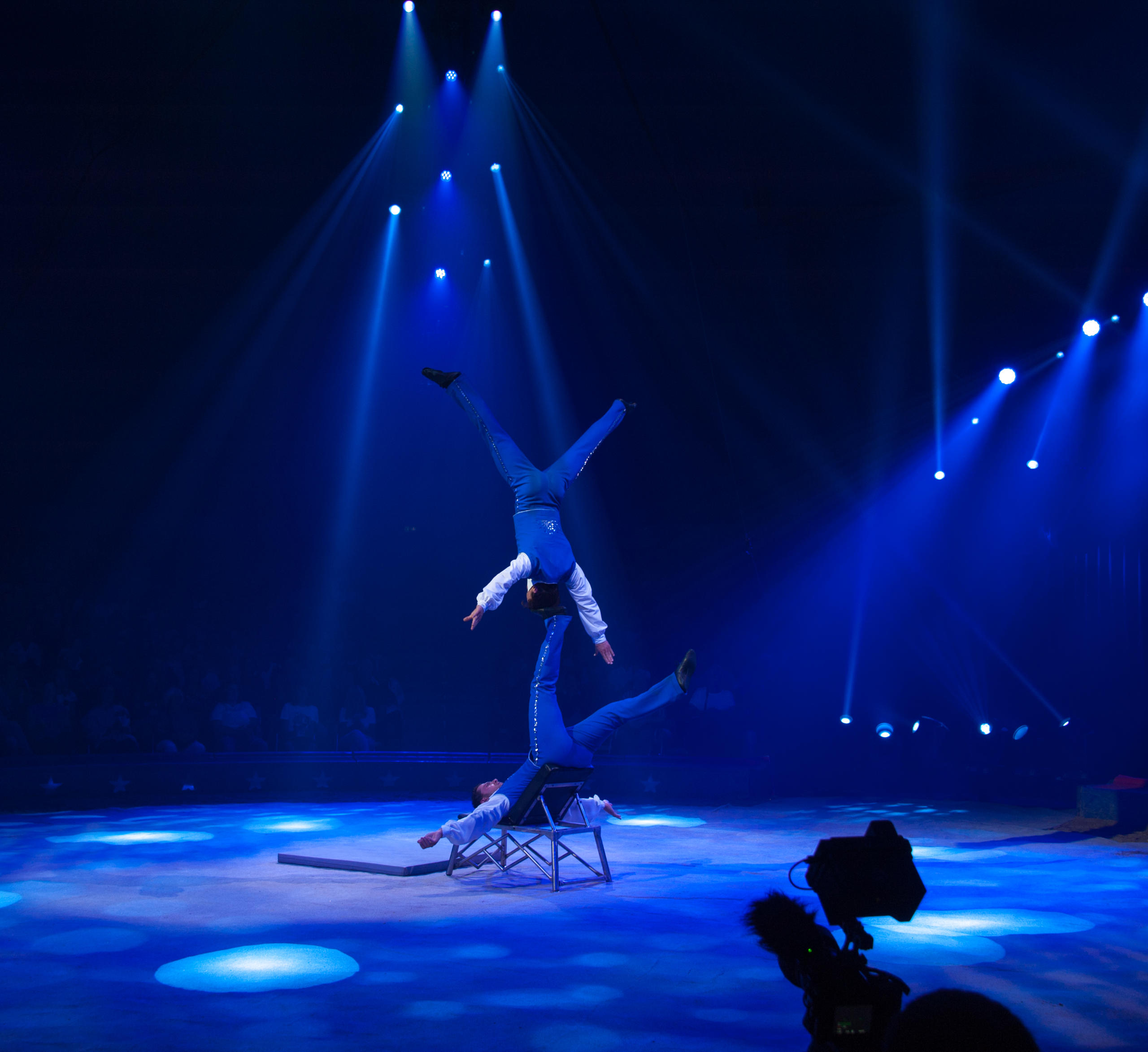




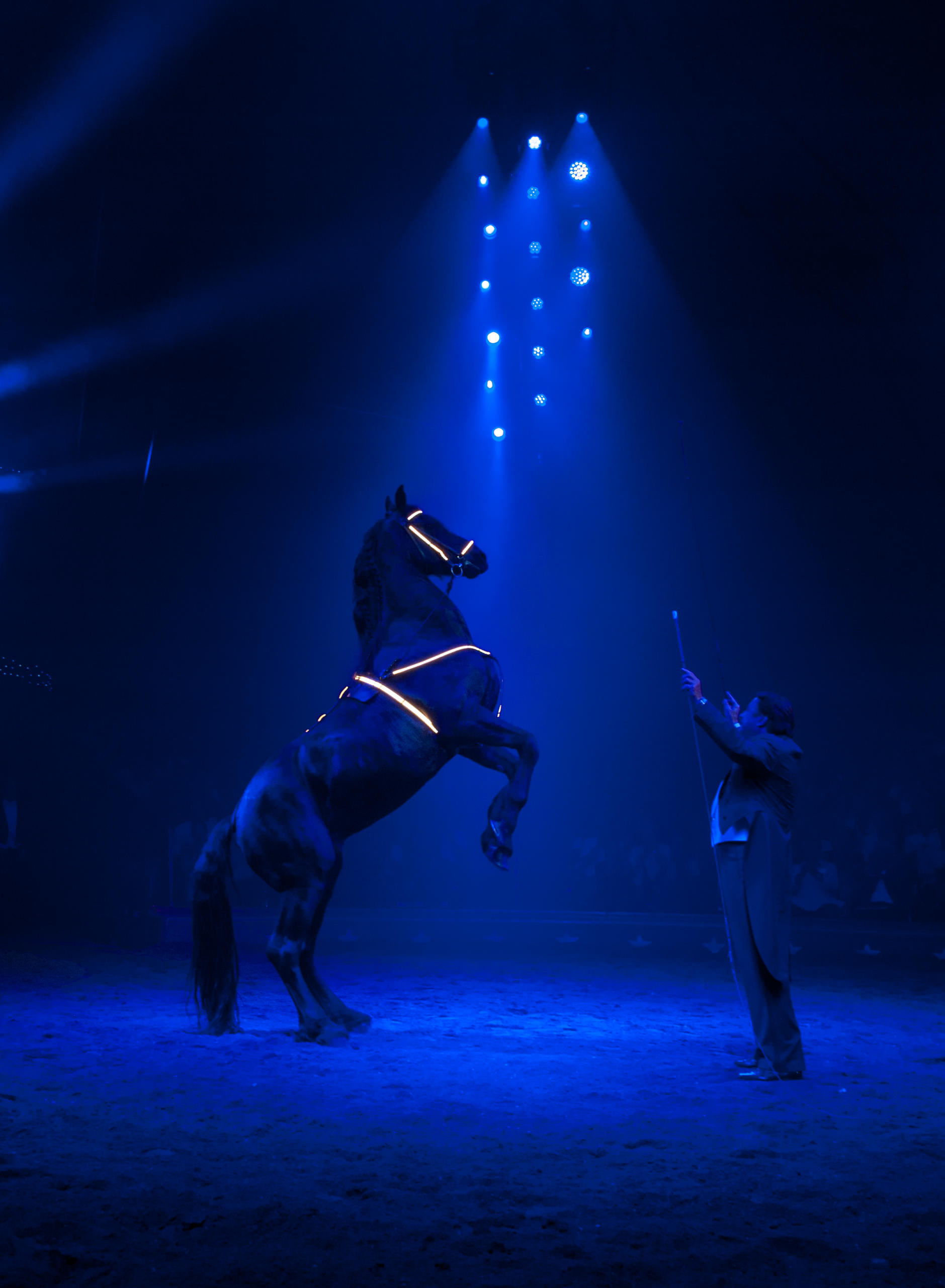



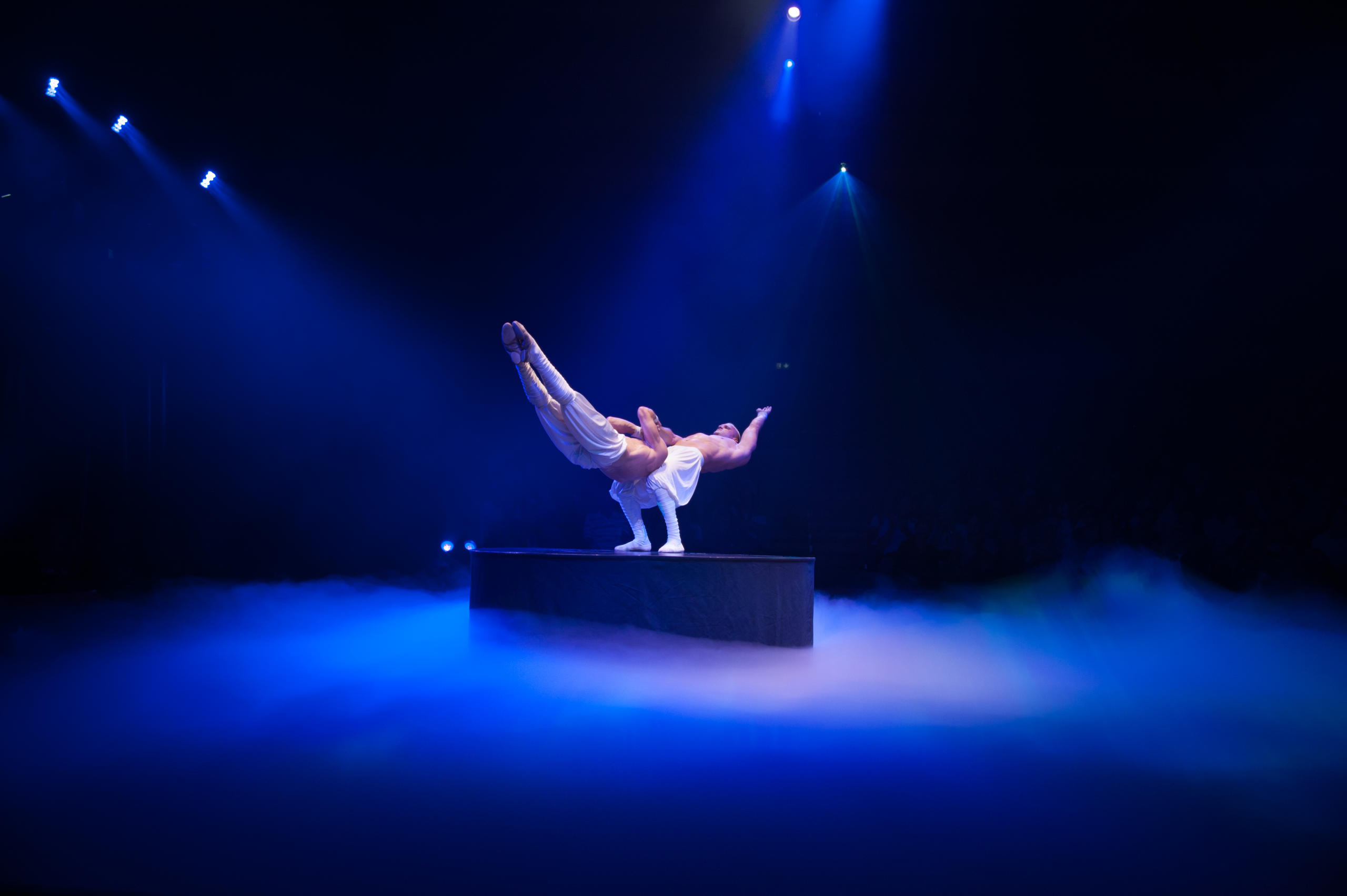
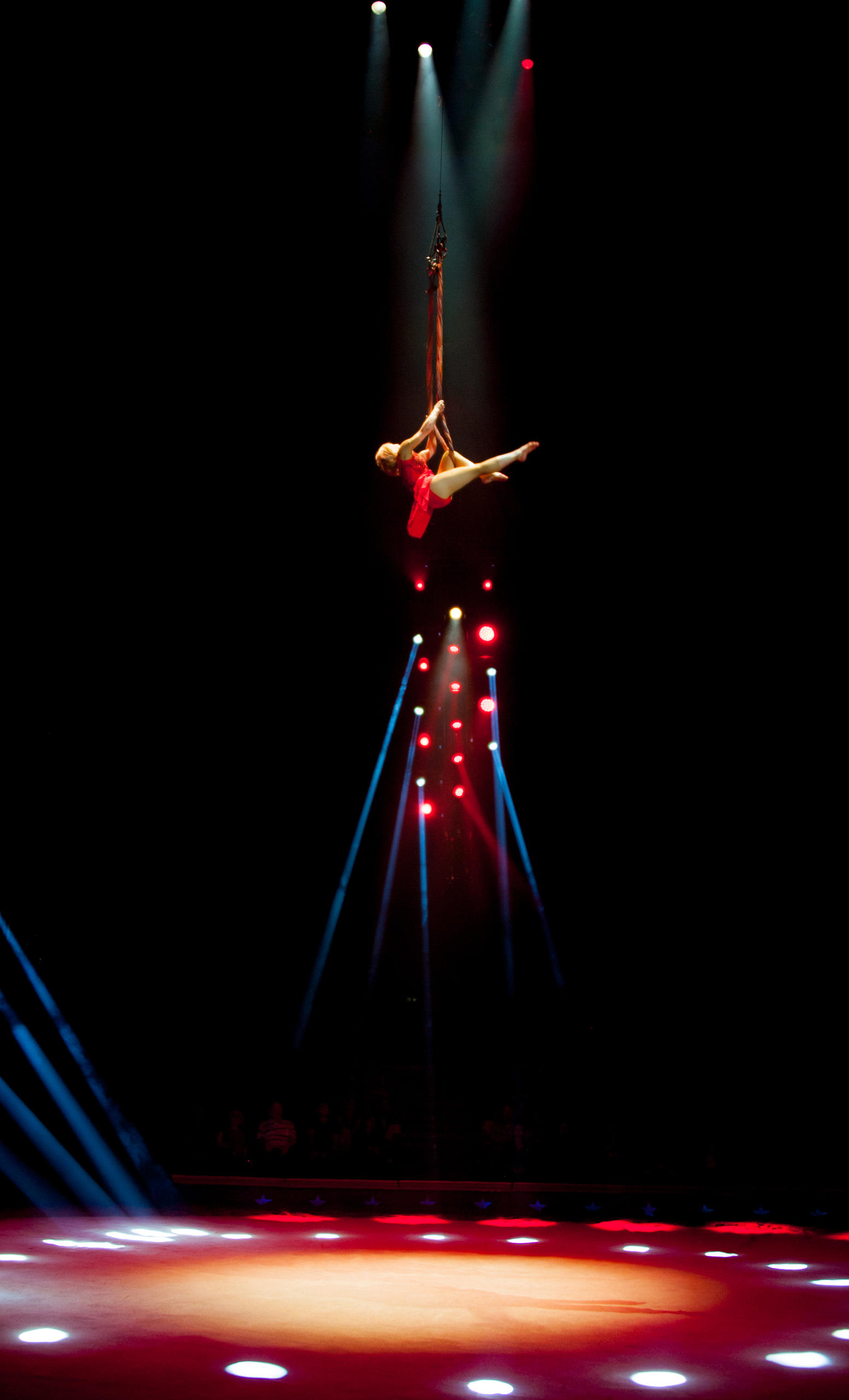




You can find an overview of ongoing debates with our journalists here . Please join us!
If you want to start a conversation about a topic raised in this article or want to report factual errors, email us at english@swissinfo.ch.